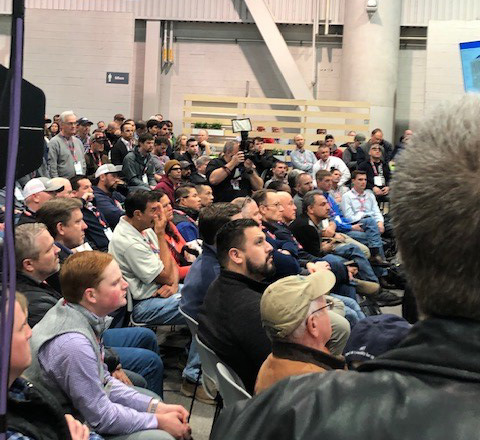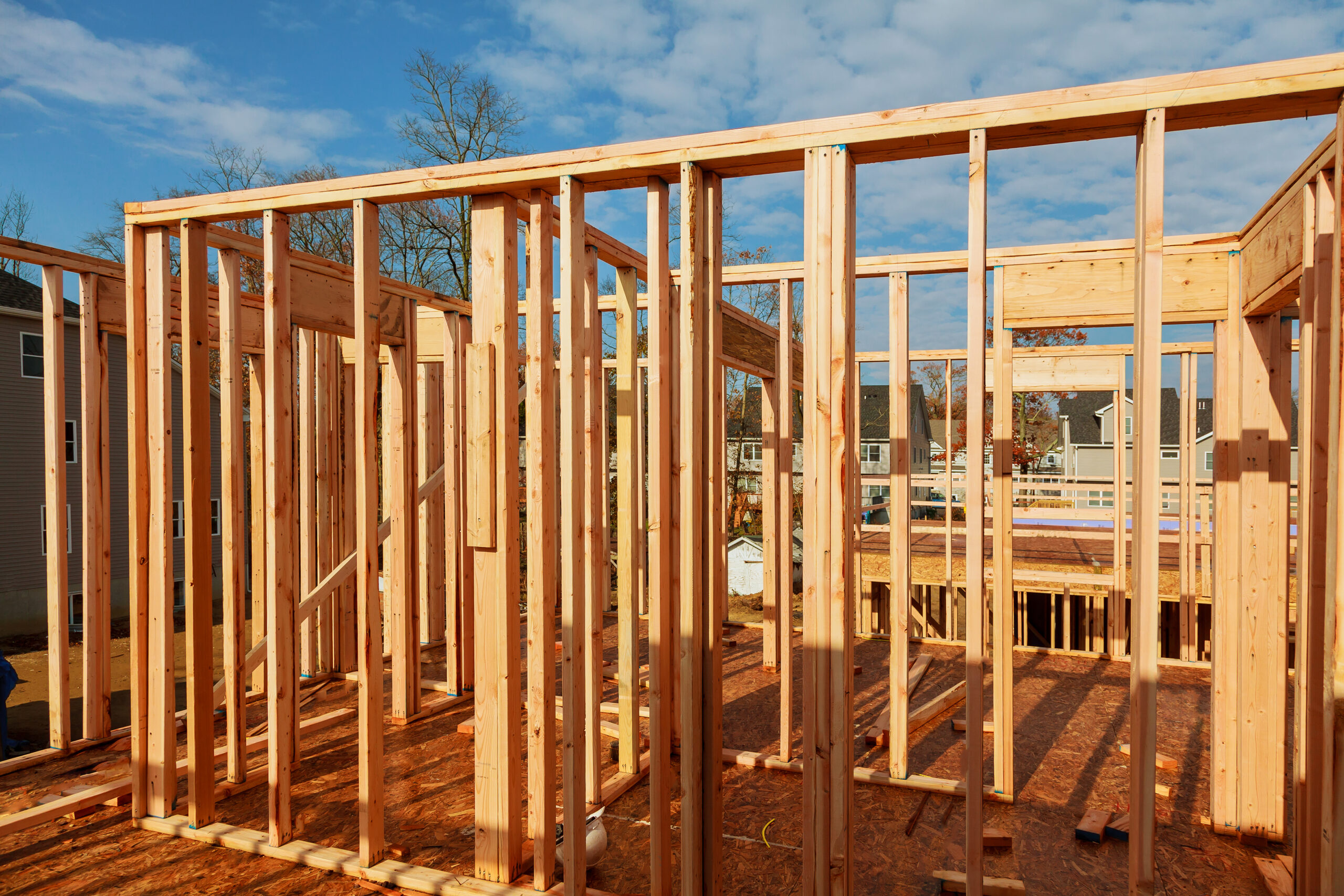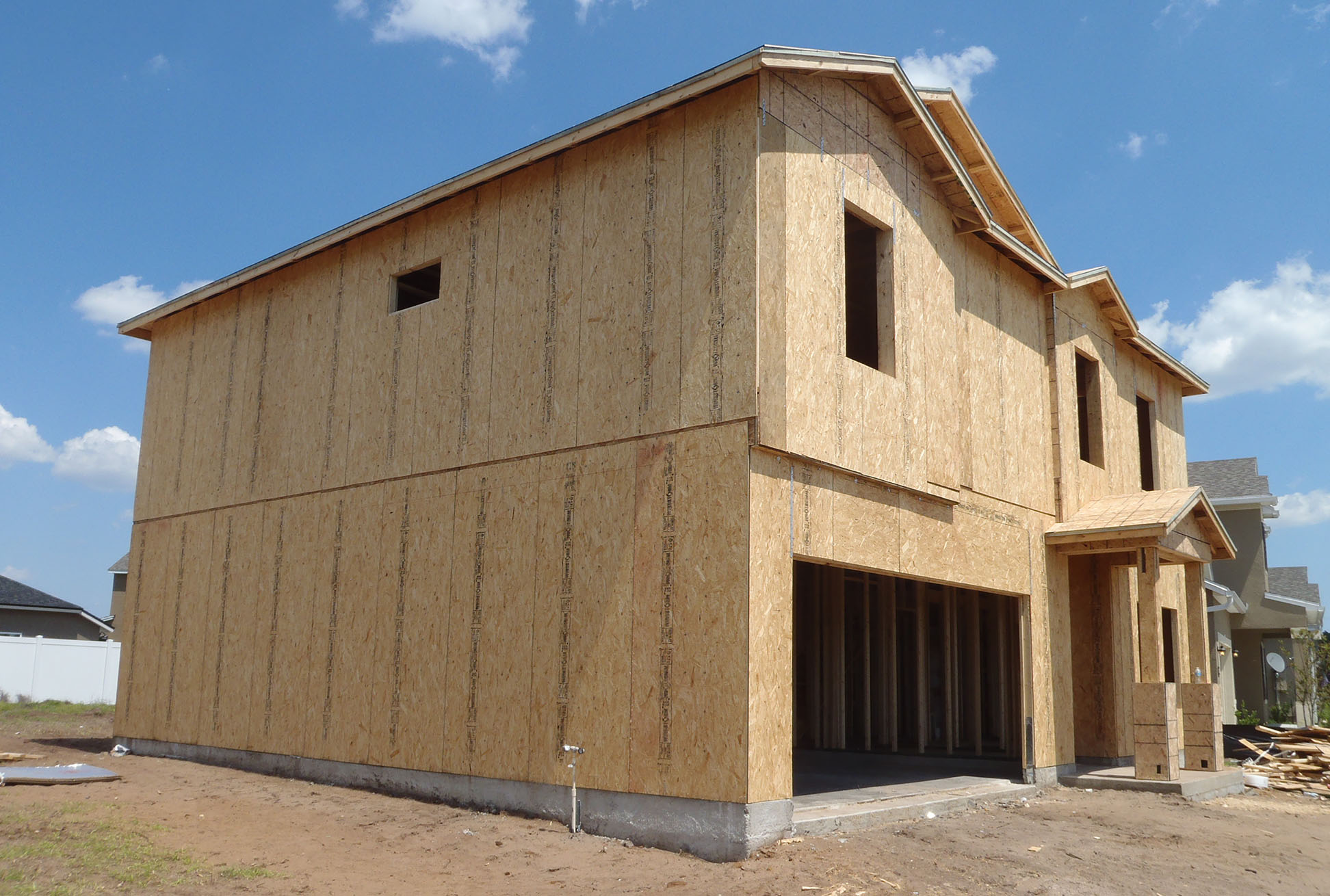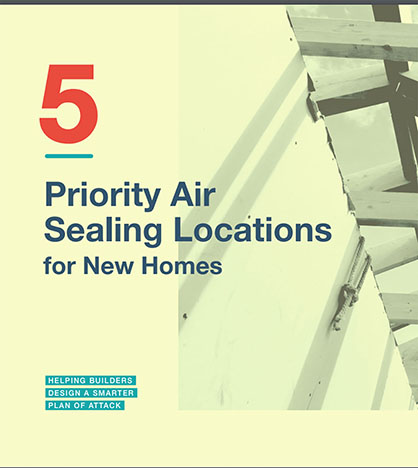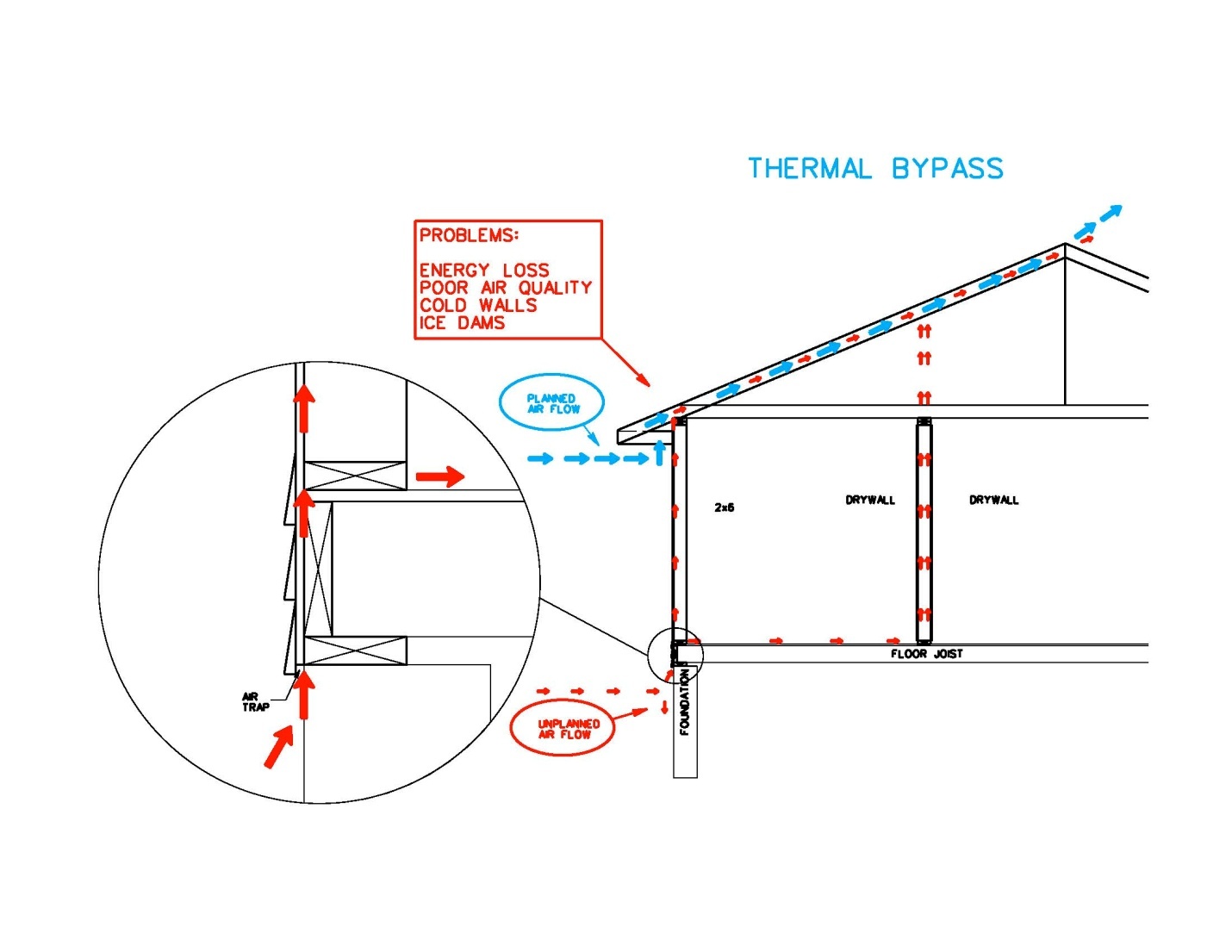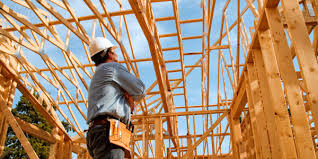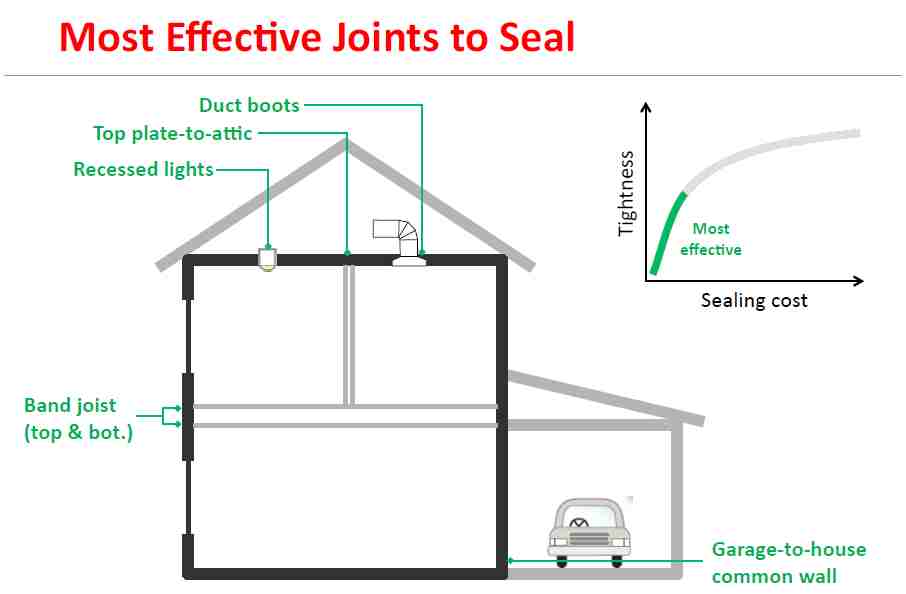Matt Whitbeck, Co-Owner and President of Whitbeck Construction, LLC specializes in custom framing, exterior sustainability, and residential remodeling. He’s serious about quality craftsmanship and energy efficiency. So much so that he is a popular speaker at building industry conferences on those topics. Whitbeck and Kevin Ireton spoke to a standing room only crowd in the High-Performance Building Zone at NAHB’ International Builders Show (IBS). Whitbeck also took time following IBS to speak with Insulation Institute on three tips for framing carpenters as they work to help builders achieve more energy-efficient homes.
Details »Insulation Institute Blog
Posts Categorized: Air Sealing
The Best Time to Air Seal
According to Home Innovation Research Labs’ recent Builder Omnibus Survey, air sealing ranks number four among a list of 18 top challenges for builders in meeting current energy efficiency requirements for new homes. Roughly 10 percent of builders reported difficulties meeting new airtightness levels. With contractors playing a significant role in helping builders reach these targets, is it time for home builders to reconsider the best time to air seal a new home? Michael Schettine of Accuframe believes builders must re-think their approach to air sealing to ensure success.
Details »Our Top Five Blog Posts of 2018
With 2018 coming to a close, we reviewed the most read blog posts of the year. Air sealing was our most popular topic. With more states adopting stronger energy codes, readers were very interested in how to use high-performance building practices and proper air sealing to achieve new air tightness targets.
Details »New Video Covers 5 Top Air Sealing Areas in New Homes
Many builders challenged with meeting new, more stringent residential building energy code requirements like the 2012 or 2015 IECC have been having a tough go of it. One HERS rater reported earlier this year that roughly 50 percent of builders in his region of Texas would fail an initial blower door test under the 2012 IECC, which requires a 3ACH50 air change rate.
Details »Ice Dams and How to Prevent Them
Any time there are icicles dangling from gutters, it is a sign of a potentially costly and avoidable problem in a home – an ice dam. Ice dams form when the temperature in the attic is above freezing and there is snow on the roof. The snow melts on the roof and drips downward toward the edge and the gutter. If it’s cold enough, it re-freezes at the colder roof edge, which means the water does not drain. This frozen water forms a “dam” which prevents drainage and can cause water to leech back into the home, either into the ceiling/attic or down into the walls below. And that can be a very expensive problem to fix.
Details »New Codes, Air Sealing and “Dynamic Walls”
By Michael Schettine, Technical System Expert
New Housing Energy Requirements
The ante has been raised by states adopting the 2015 IECC energy code, and builders are scrambling to meet new requirements.
A large part of the new requirements involve envelope air leakage standards. Simply put, the house (envelope) air leakage, when tested at 50 Pa pressure differential, ‘shall not exceed’ 5 air changes/hour (ACH) in U.S. climate zones 1 and 2 (warmer areas) and 3 ACH in the remaining cooler zones 3-8. New homes must be tested, and those meeting the requirements will receive a “Certificate of Occupancy,” which will be necessary for sale of the structure. Because the building must be largely completed before the testing can be performed, builders get one shot at achieving the air leakage standards, if the building doesn’t pass, costly rework and retesting must be done to ensure compliance with code.
Details »Air Sealing “Like a Boss”
Insulation Institute has been focusing of late on the topic of air sealing and what it takes to construct a home that is airtight using the “3 Ps,” — People, Practices and Products. Proper air sealing is critical for meeting stringent air change rates required for green building targets such as HERS, Energy Star, Net Zero or Passive House. While there’s a plethora of guidance available on air sealing from many sources within the building industry, the best guidance to convey to the various contractors involved in home construction can be distilled to this: air seal “like a boss.” That is to say that everyone involved in the construction of that home has a role to play and their role should not be viewed as that of a “jobber” but a “boss” when it comes to air sealing, because getting to stringent targets requires that one think “holistically” versus individually.
Details »A New Product to Seal and Insulate Around Electric Boxes
Among the trickier areas to properly seal and insulate is around electrical boxes. These can often be sources of air leakage and are notoriously hard to properly insulate with batt products without excess compression. A new product, box shell, seeks to address both of these problems. As the site shows, the “shell” fits neatly around the electrical box, flush with the sheathing behind and affixed easily with a staple gun. From there, you can just cut a full notch out of a fiber glass batt and install it around the shell, then fill the area between the shell and the box with low expansion canned foam to seal it up. The company, still in its infancy, is offering single, double and triple junction box shells, all for under $2. Using these could help reduce concern that an evaluator, whether a building inspector or HERS rater, will ding you for problems around this typical trouble spot. A couple bucks for that peace of mind is probably worth it.
Air Sealing’s Top Hits
Energy Efficient homes are in high demand among consumers and are a business imperative for builders who want to remain competitive. Air sealing is critical to achieving energy efficiency. But, when it comes to air leaks within a home, all points of entry are not created equal. Big holes in a building enclosure are easy to avoid, identify and fix, but smaller holes have proven to be a big problem. For any building to meet ever more stringent energy efficiency targets, all gaps and openings in a building enclosure should be air sealed. However, with so many possible air leakage points, and limited time/money to devote to air sealing, builders need to focus on getting the most bang for their air sealing buck.
Details »
